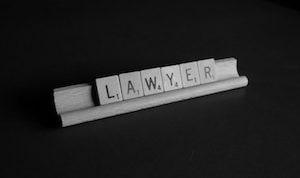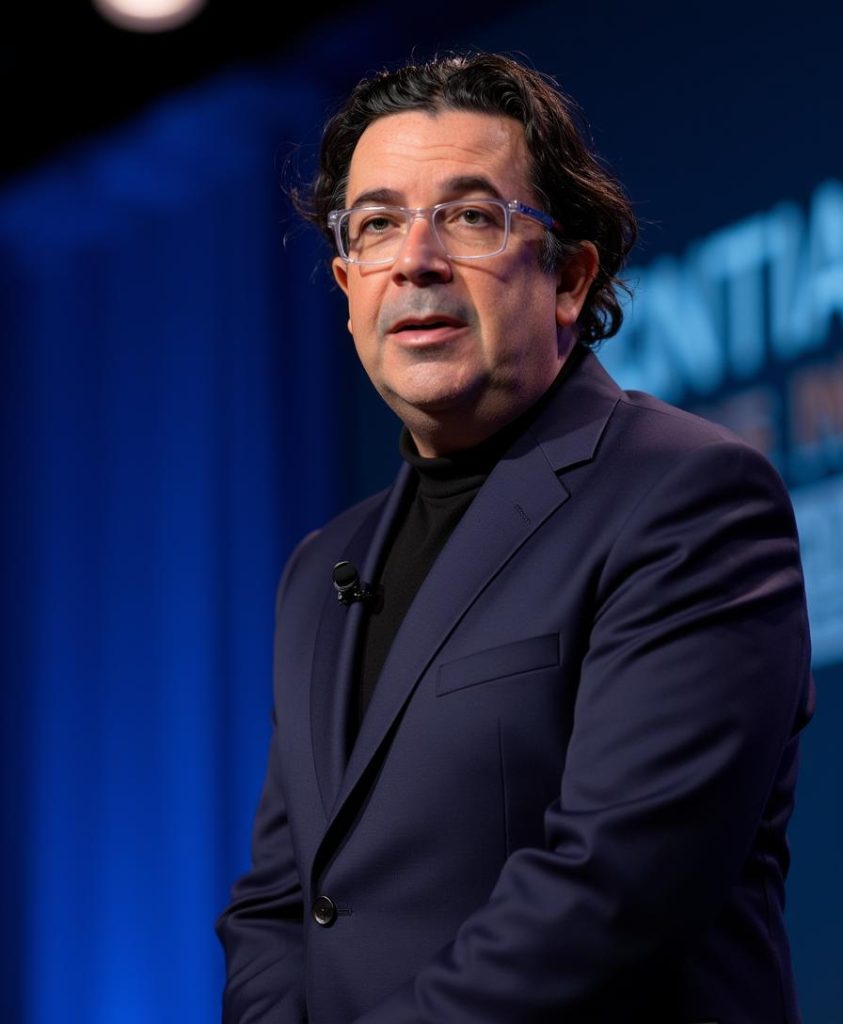Since 1993
“If It Was Illegal, You Wouldn’t Hear It”: The Lie That Overturns Convictions

By: John Guidry
Who out there watches TV these days? It’s not very chic to admit to watching much TV. I have friends who check their phones non-stop yet boldly proclaim (in their best holier-than-thou voice), “I don’t watch much TV.” Hate to burst bubbles here, but smartphone addicts are just trading one screen for another.
I agree with former President Obama on this one: the Showtime series Homeland was one of the best shows on television. For those who don’t know, Homeland is a CIA drama. The funny thing is, most of the CIA operatives on the show are not entitled to know what the other characters know. Everyone is on a “Need to Know” basis.
The Segue: The criminal justice system treats the jury in much the same way. The facts shared with the jury are on a “Need to Know” basis.
Did the prosecutor tell the jury that the judge approved the evidence?
That is a mistrial. Call John today at (407) 423-1117.
The Case: Young v. State (The Lineup)
The case of Young v. State, 137 So. 3d 532 (Fla. 4th DCA 2014), lays out what happens when the jury is told something they aren’t supposed to know.
- The Crime: Young was picked out of a photo lineup by a victim.
- The Motion: Before trial, Young’s attorney filed a Motion to Suppress the lineup because it was “inherently suggestive.”
How a Bad Lineup Works:
- Victim: “The guy was an albino white male.” (Think Jim Gaffigan).
- Officer: Finds five photos of dark-skinned Italians and one super-white guy (the suspect).
- Technically, they are all “white males,” but the lineup screams, “Pick this one!”
In Young, the Judge denied the motion. The lineup was allowed in.
The Closing Argument Trap
Just because the Judge let the evidence in doesn’t mean the defense attorney can’t argue it sucks. (Yes, “sucks” is a legal term… sort of). During closing arguments, the defense attorney told the jury the lineup was “inherently suggestive” and “not credible.”
The Prosecutor’s Mistake: The prosecutor stood up and said:
“If it was unduly suggestive, you wouldn’t have heard that because that would have been a matter of law for the Judge to decide… So if there were anything to suppress… it would have been suppressed, but it wasn’t.”
Translation: “The Judge already checked this evidence and said it was good, so you shouldn’t question it.”
The Ruling: Prosecutors Cannot Hide Behind the Judge
The defense attorney moved for a mistrial. The Judge denied it but gave a “curative instruction” telling the jury that he decides the law. Was that enough? No.
The Appeals Court overturned the conviction and granted Young a new trial.
- The Reason: A jury cannot be told that evidence is “reliable” just because the judge found it to be “legal.”
- Admissibility vs. Reliability: The Judge decides if the jury can see the photo. The Jury decides if the photo is trash. By telling the jury, “The Judge already approved this,” the prosecutor stole the jury’s job.
As the court noted, this comment “suggested that the reliability of the lineup had already been decided by the trial court,” effectively telling the jury the game was rigged in the State’s favor.
John’s 2026 Update: The End of the “Six Pack”?
Note: Since 2014, the science on eyewitness identification has exploded, and the laws have finally caught up.
1. The “Blind Administrator” Rule (F.S. 92.70) In Young, the officer knew who the suspect was.
- Current Law: Florida Statute 92.70 now requires a “Blind Administrator.” The officer showing the photos cannot know which photo is the suspect.
- Why? To stop subconscious cues (like the officer smiling when you point to the “right” guy). If the police violate this statute, we can get the lineup suppressed much easier than in 2014.
2. The Rise of AI and “Deepfake” Lineups In 2026, police sometimes use AI to generate “filler” faces for lineups so they look exactly like the description.
- The Defense: We now challenge whether these AI faces are “too perfect,” making the suspect (a real human with flaws) stand out. We also demand the metadata of the digital lineup to ensure the suspect’s photo wasn’t subtly enhanced to look more menacing.
3. Ring Cameras Replaced Eyewitnesses We see fewer photo lineups today because we usually have video.
- However, if the police do use a lineup, it is often because they don’t have video proof. That makes the identification the only evidence. In those cases, we aggressively attack the procedure using Young. We remind the jury: “Just because the State is showing you this picture doesn’t mean you have to believe it.”
Don’t Let Them Vouch for Bad Evidence
If a prosecutor tells the jury that the police or the judge have “already vetted” the evidence, they are cheating.
Call me at (407) 423-1117. Let’s keep the jury focused on the truth.

About John Guidry II
John Guidry II is a seasoned criminal defense attorney and founder of the Law Firm of John P. Guidry II, P.A., located in downtown Orlando next to the Orange County Courthouse, where he has practiced for over 30 years. With more than three decades of experience defending clients throughout Central Florida since 1993, Guidry has successfully defended thousands of cases in Orange, Seminole, Osceola, Brevard, Lake, and Volusia counties. He has built a reputation for his strategic approach to criminal defense, focusing on pretrial motions and case dismissals rather than jury trials.
Guidry earned both his Juris Doctorate and Master of Business Administration from St. Louis University in 1993. He is a member of the Florida Bar and the Florida Association of Criminal Defense Lawyers. His practice encompasses the full spectrum of Florida state criminal charges, with a particular emphasis on achieving favorable outcomes through thorough pretrial preparation and motion practice.
Beyond the courtroom, Guidry is a prolific legal educator who has authored over 400 articles on criminal defense topics. He shares his legal expertise through his popular YouTube channel, Instagram, and TikTok accounts, where he has built a substantial following of people eager to learn about the law. His educational content breaks down complex legal concepts into accessible information for the general public.
When not practicing law, Guidry enjoys tennis and pickleball, and loves to travel. Drawing from his background as a former recording studio owner and music video producer in the Orlando area, he brings a creative perspective to his legal practice and continues to apply his passion for video production to his educational content.








